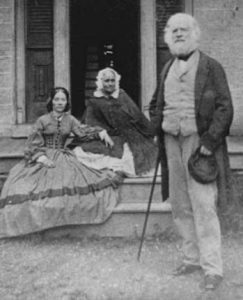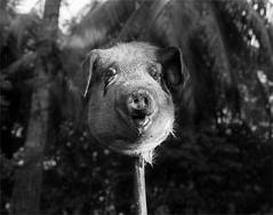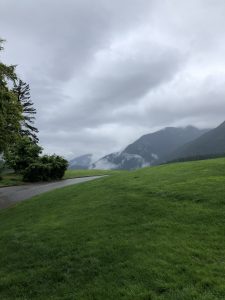I have been reading the book through the Amazon Kindle Reader, and unfortunately it does not provide me with specific page numbers. With this being said, one grouping of individuals that I wanted to further analyze and research were Henry Dawes, John Collier, and Hannah Duston. After spending some time doing a deep-dive on these characters, my research proved to be extremely interesting.
As we have concluded from previous assignments, Thomas Kings Green Grass Running Water is a book chalk full of allusions and references to people, places, and things, all throughout history. As many people have mentioned in previous blog postings, some of the more apparent references are Dr. Joseph Hovaugh and his representation of Jehovah in the Christian Bible, and Ahdamn alluding to the Garden of Eden.
First and foremost, Henry Dawes. An attorney, politician, Republican United States Senator and United States Representative from Massachusetts. The most famous of his political enforcements, was that of the Dawes Act in 1887. As a result of the Dawes Act, Native American tribes were stripped of over 90 million acres of treaty land throughout the Act being employed by the government, 90’000 Natives were made “landless,” and as Flick puts it, “much theft and trickery and deeding away of lands followed this enactment” (Flick, 144.)
The next character in question is Hannah Duston. In 1697 Hannah Duston and her daughter we’re captured by a band of Abenaki Warriors. In this raid, 27 people were killed, including her 3 year old daughter. After 6 weeks of being held captive, while the Abenaki were sleeping, Hannah and two of her fellow captives killed 12 Abenaki, and escaped with the scalps of their captures in hand. Although gruesome, scalping became of increasingly popular practise after colonial contact. Among Native Americans, scalping was at times “a symbol of warrior status,” while at others it was “offered as a ritual sacrifice” (Abbott, 2019.) In the case of Hannah Duston, the scalps were used to show proof of their escape.
A third character in this grouping in GGRW, is John Collier. Mr. Collier was a man of many titles, including sociologist, writer, American social reformer, and “Native American Advocate.” He spent two years living with the Pueblo Tribe in Taos, New Mexico, and was appointed to “Commissioner of Indian Affairs” under president Roosevelt in 1933. Something he is accredited for, is the “Indian Reogranization Act of 1934.” He played an instrumental role in “ending the loss of reservation lands held by Indians, and in enabling many tribal nations to re-instute self-government and preserve their traditional culture,” and “he reversed the assimilationist policies of Dawes” (Flick, 144.)
Not having previous knowledge on these individuals, it proved to be very interesting to unpack their history, and digest how King integrated them into the story of Green Grass Running Water. King wisely depicts each character in a way that represents their respective relationship with and the part they played in the history of colonialism. King writes in a way that makes the story interactive almost. There are so many hidden allusions and references that extend beyond the surface of the page.
Works Cited
Flick, Jane. “Reading Notes for Thomas King’s Green Grass, Running Water.” Canadian Literature, vol. 161/162, 1999, https://canlit.ca/article/reading-notes-for-thomas-kings-green-grass-running-water/. Accessed March 26, 2021.
Abbott, Geoffrey. “Scalping”. Encyclopedia Britannica, 19 Jun. 2019, https://www.britannica.com/topic/scalping. Accessed 28 March 2021.
King, Thomas. Green Grass, Running Water. Toronto, Harper Collins, 1993. Kindle Cloud Reader.
Weiser-Alexander, K. (2019, December). Legends of america. Retrieved March 28, 2021, from https://www.legendsofamerica.com/hannah-dustins-revenge/
John Collier (SOCIOLOGIST). (2021, February 01). Retrieved March 28, 2021, from https://en.wikipedia.org/wiki/John_Collier_(sociologist)
Davis, L. (2009, November 22). John Collier (1884-1968) – find a Grave Memorial. Retrieved March 28, 2021, from https://www.findagrave.com/memorial/44674484/john-collier
Henry L. DAWES. (2020, November 27). Retrieved March 28, 2021, from https://en.wikipedia.org/wiki/Henry_L._Dawes






